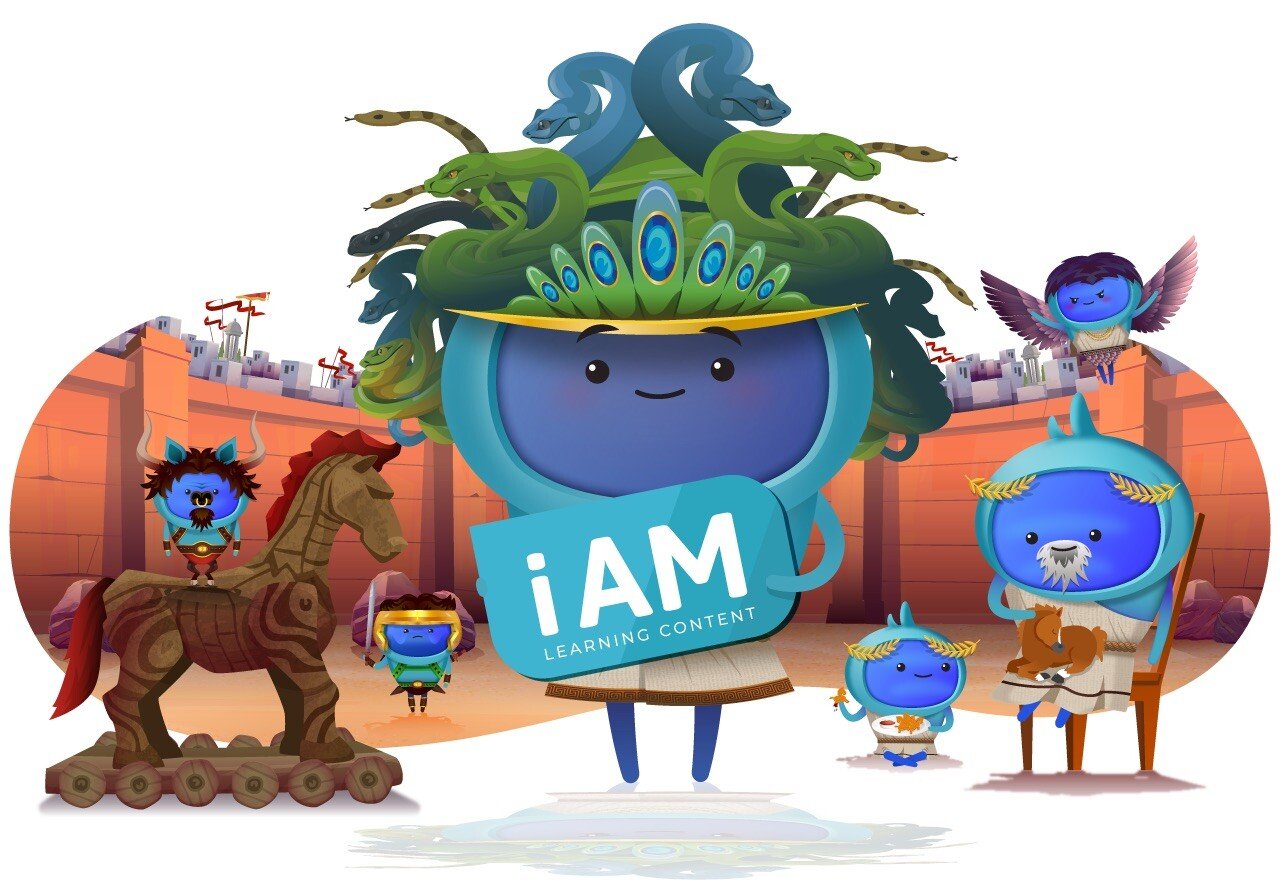We’ve been talking a lot about psychological safety lately and exploring ways to create and sustain it in your workplace. Recently, we caught up with Gina Battye, a Psychological Safety Consultant and LGBT+ Trainer for multinational corporations, about this red hot topic in the world of L&D right now. “Psychological safety is much more than the new business ‘buzzword’”, Gina warned us, and we have to agree. As Gina quite rightly says, “we all have the right to feel safe at work”.
Here, Gina shares her thoughts on if UK businesses are taking the psychological safety of their employees seriously enough…
I was shocked to find that there is no legislation in the UK that promotes and enhances psychological safety in the workplace. Yet, there is legislation for physical and mental safety in the workplace. I knew that this needed to change and as an influencer, change-leader and action-taker, I knew I was the one to do something about it.
Psychological safety underpins an inclusive culture. An open and inclusive workplace enables people to be themselves at work and perform at their best. It fosters an environment where employees feel a sense of belonging. In essence, when we create the culture where everyone can bring their whole self to work, we will unleash the full potential of everyone that works in the organisation.
Psychological safety is being talked about in workplaces all around the globe. But are businesses taking psychological safety seriously enough? Are companies treating it like another inclusion focused tick-box activity, or are they actually investing in creating and cultivating psychologically safe environments?
When an organisation doesn’t have a psychologically safe environment, turnover, revenue and profit are negatively impacted. Your HR team will note an increase in attrition, with a worrying level of retention amongst the newest recruits, and with the employees that remain – low engagement and an increase in absenteeism. You are likely to notice a loss in productivity, with missed opportunities for innovation and ineffective collaboration between individuals and teams.
Organisations will also experience a greater risk of accidents, incidents and injuries. Problems are left unreported and corners are cut. Any wrong-doing, unethical or illegal behaviour is unchallenged. This is where tragic failures occur, which in some industries can be catastrophic.
All of this is avoidable if individuals feel safe to bring their whole self into the workplace.
What about the impact on individuals? When an organisation doesn’t have a psychologically safe environment, this has short-term consequences for individuals as well as a long-term impact on their health and wellbeing.
When your people don’t feel safe and able to bring their whole self to work, their physical, mental and emotional health are affected. Poor performance and decision-making creeps in. Communication between colleagues is strained and less effective, with little or no conflict resolution taking place. Blame culture emerges. This results in grievances, conflicts and liability risks.
You will notice an increase in absenteeism and withdrawal behaviours in teams. Individuals shut down; feeling insecure they put barriers up to protect themselves. They compare their performance and abilities to their peers. Stress levels are raised, causing frustration and resentment which exacerbates existing health issues. Engagement is lowered; with individuals not bringing all of their unique skills, knowledge and experience to the table (the reason you hired them). This has a knock-on effect on their levels of satisfaction and sense of purpose at work.
All of this impacts on their work, relationships and their levels of curiosity, creativity and innovation. Which has a direct impact on the business.
Therefore, it is essential that you create an environment where every individual feels able to bring their whole self to work. When individuals bring their whole self to work, they thrive. They feel happy, healthy, inspired, engaged and empowered.
The most common mistake organisations make is that they roll out their equality, diversity and inclusion strategy or programme of work, before creating a psychologically safe environment. With a lack of psychological safety, your strategy will inevitably fail. It is doomed from the start!
When you have a psychologically safe environment, where people feel safe to bring their whole self to work, your people communicate and collaborate effectively and a culture of curiosity and creativity is cultivated. You have happier, healthier and more engaged employees, which increases innovation, productivity and turnover! These are the key components to high-performing teams.
By creating a culture where everyone can bring their whole self to work, you will unleash the full potential of everyone that works in the organisation. Because, let’s be real here. When people thrive, so do businesses.

Gina Battye
Psychological Safety Consultant
About Gina
Gina Battye, a world-renowned, award-winning Psychological Safety and LGBTQ+ Inclusion Consultant and Trainer, has almost 25 years experience working with multinational corporations, TV, film and the global press.
Creator of the 5 Pillars of Psychological Safety and Lux, the psychological safety diagnostic tool, Gina is on a mission to create work environments where people thrive; where everyone feels safe to bring their whole self to work. Gina aims to introduce psychological safety into UK workplace legislation to bring about worldwide change and protection for employees.
To find out more about Gina, please visit her website: ginabattye.com
Want to learn more about psychological safety?
If you're looking to make your workplace a happier and more productive place to be, take a look at our Psychological Safety eLearning Collection or download our FREE Psychological Safety Starter Kit, containing a range of resources to help you start creating a happier workplace culture!




